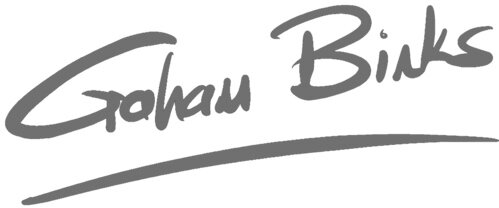How Can You Build a Better Ideas Factory?
/Ideas come naturally to all of us but the process of placing our bets, making them happen, and seeing things through takes discipline. When you add the myriad distractions vying for attention in our daily lives, it’s nigh on impossible to make change happen without a process.
My goal for this series of articles is to help you sketch out an ideas process that will work for you, one that will help you build and improve your own innovation production line.
Whether you’re seeking to create a movement, bring your ideas to a larger community, or just tinker with a concept that might one day flower into something big, I hope you’ll gain from MY ideas.
This series has covered a lot of ground. We’ve looked at where your ideas come from and where they go; when you have ideas and how you share them. You’ve asked yourself how well you act on, follow through and accumulate your ideas. In this last episode, allow me to suggest four keywords to help you build a better idea factory that creates value for your customers, colleagues, and community.
Funnel: picture this image—you sprinkle ideas into the wide end of a funnel, some magic happens in the middle, and the best few pop out the other end.
Process: it’s not really magic—it’s a process such as the one I have laid out in this series. Remember the idea life cycle: Idea—Innovation—Experiment—Adoption—Differentiator—Commodity—Redundancy. Your goal is to get to Differentiator.
Team: success lies in the opinions of those that count. If that starts with you, never forget that it ends with the opinion that matters most—your consumer—and it only gets there through the hard work of your team.
Tools: tools help us be more productive, but over-tooling slows us down. Use what works best for you, but if you’re uncomfortable with technology, spend some time understanding the potential. It really is the fastest way to get ideas into the field where they can flourish—or die—quickly.
My book, Trusting Technology, begins here. If this series has piqued your interest, check out a copy for more on making ideas happen, forming opinions, and setting your sights on the best bets. I go into depth on changing with your customer, building confidence with change, and moving quickly. The final section—mastering technology—offers ways you can inspire insight, and bottle innovation to master technology and ultimately envision your business anew.
Your first three steps
Only you know the best way to do this in your context.
What are your first three steps?
Footnote: the photo accompanying this article is a portrait of Jacob Goldman, founder of Xerox PARC, perhaps the greatest idea machine of all time and notable for the many businesses it spawned.
Trusting Technology is a book about forming ideas, exploring opportunities with customers and colleagues, and building your future together. Order your copy here.

